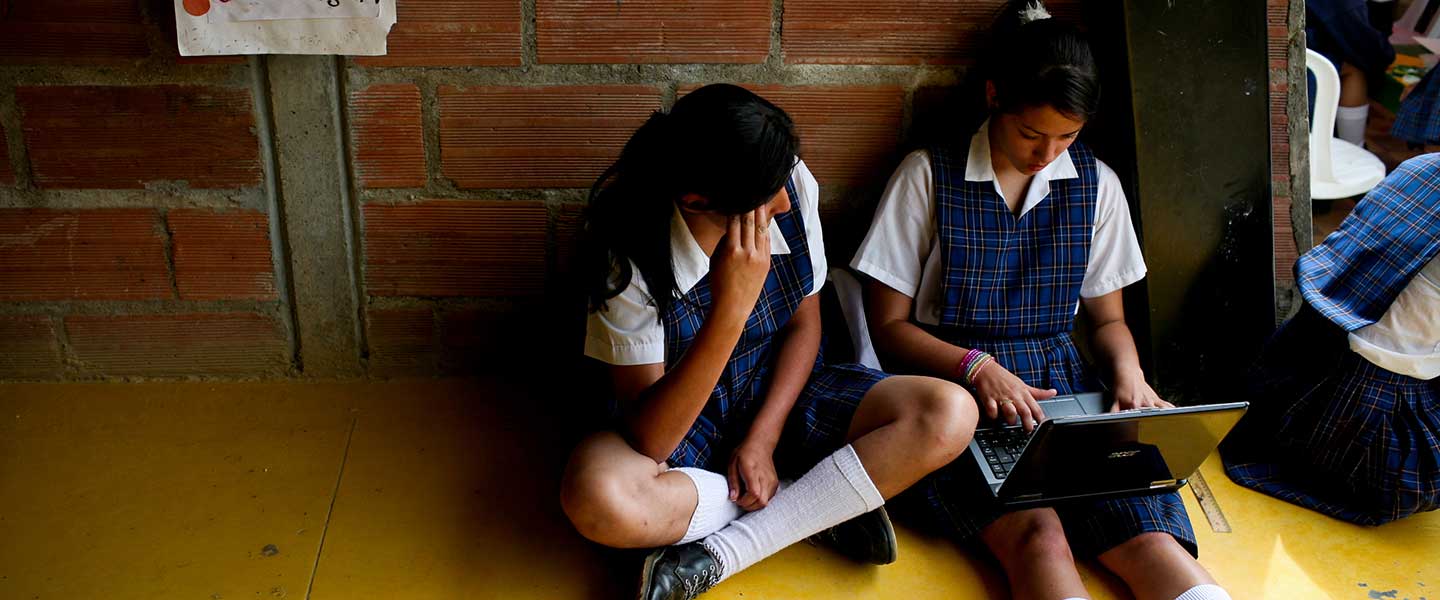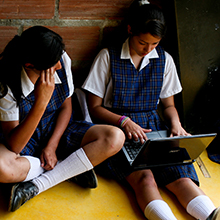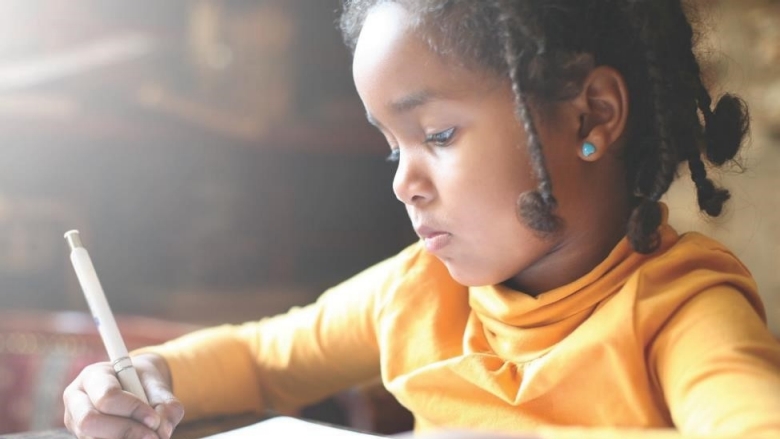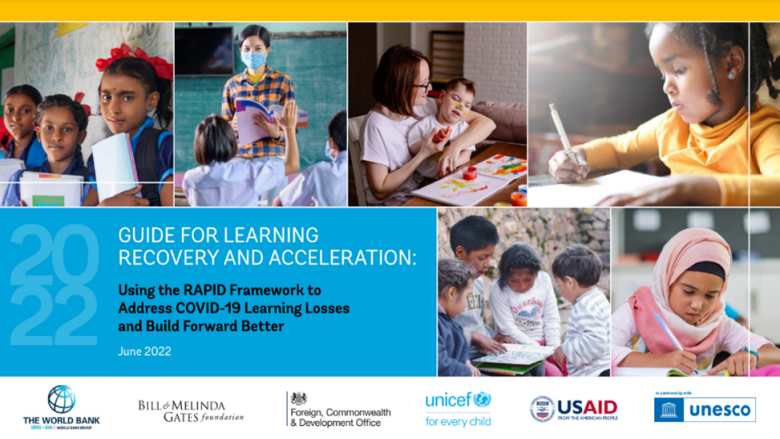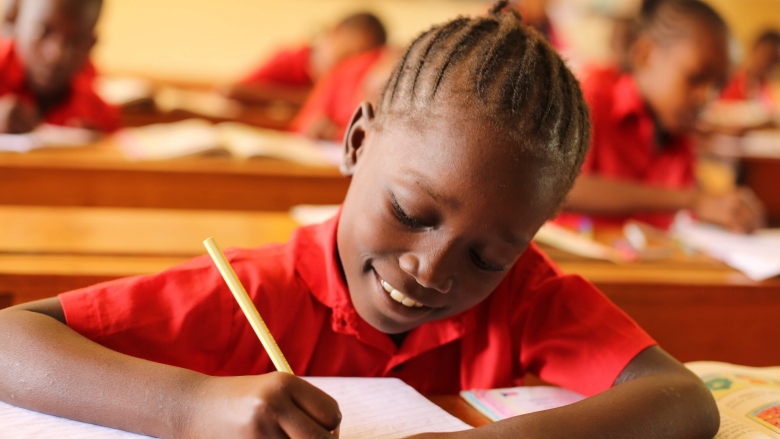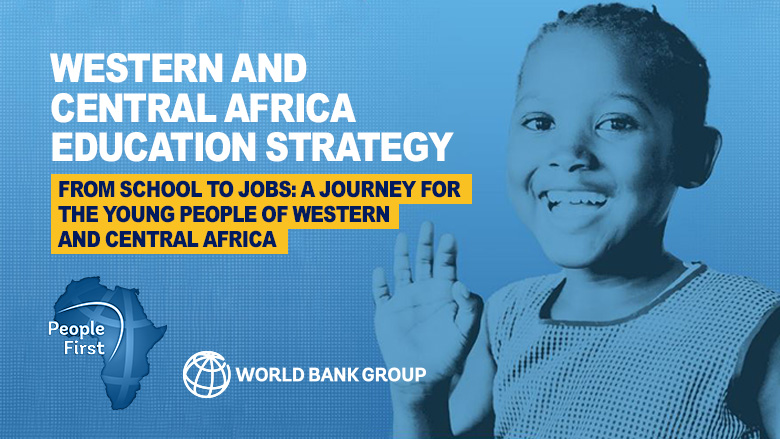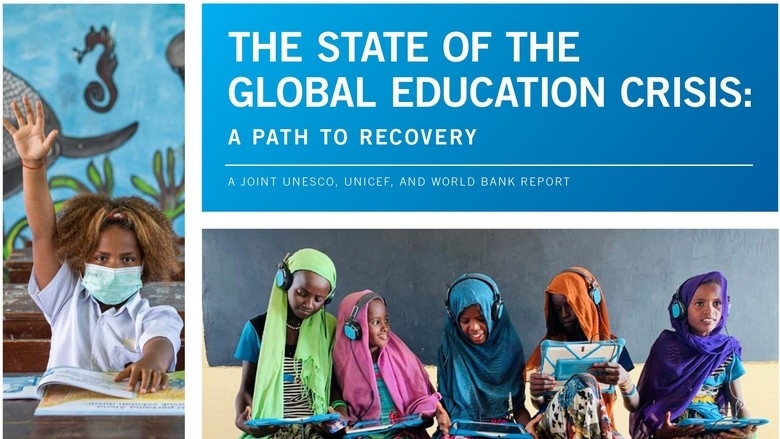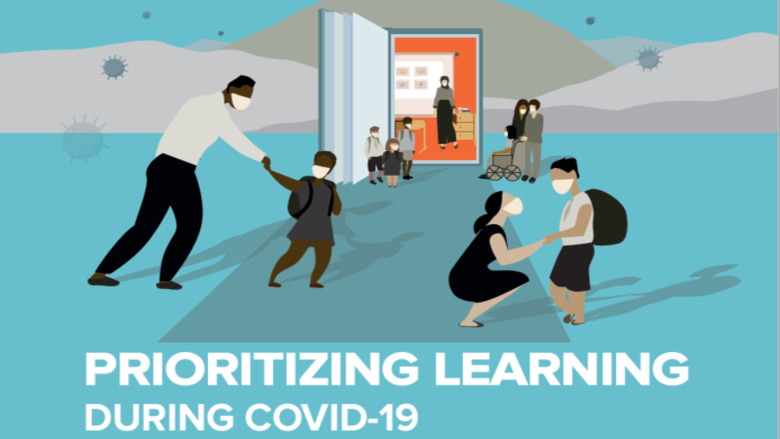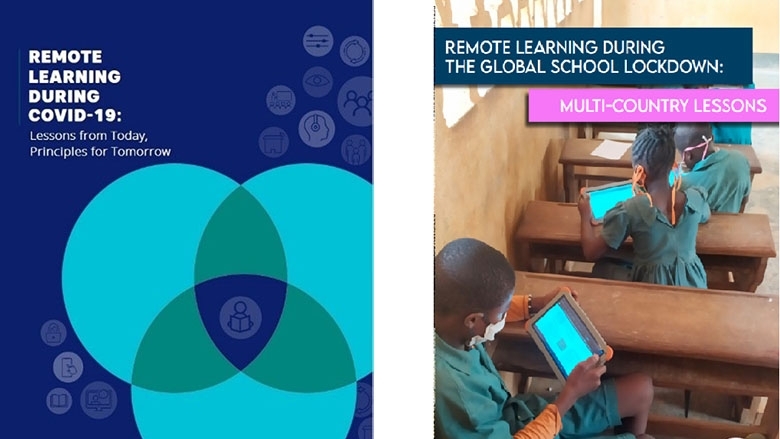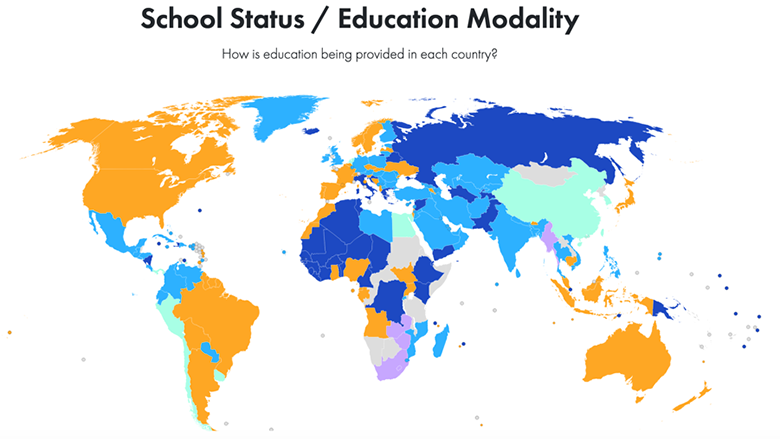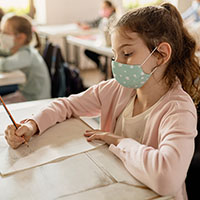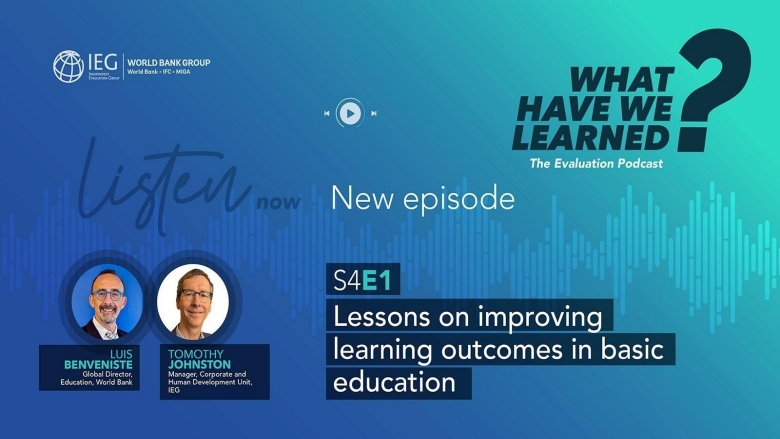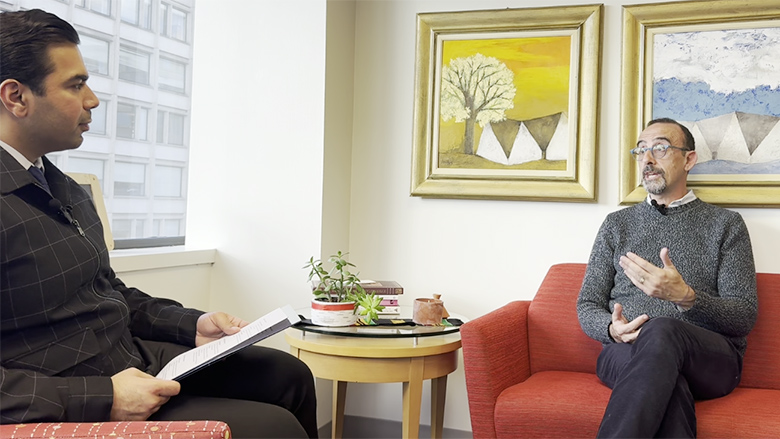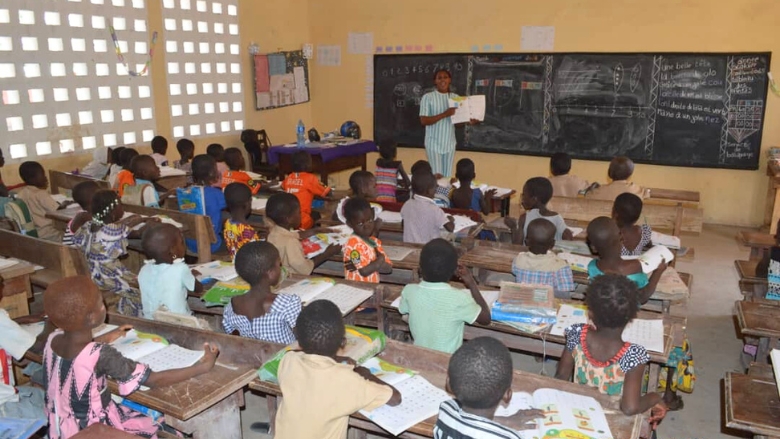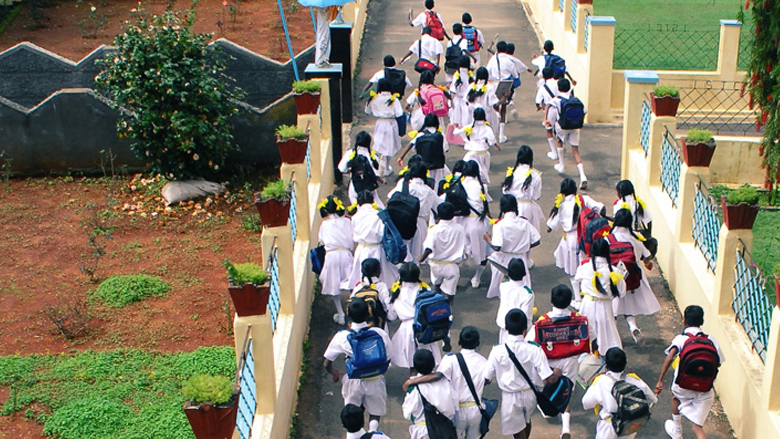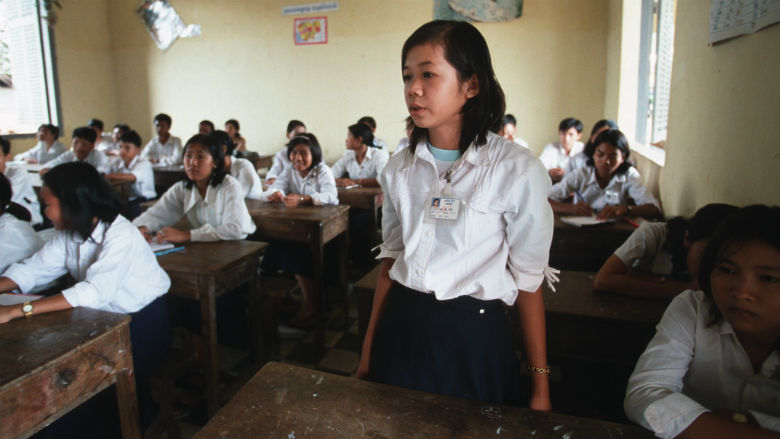The World Bank’s education team worked to support countries as they managed the changing education landscape during the pandemic. They advised on remote learning at scale and supported operations to facilitate post-pandemic learning recovery. The World Bank provides support to systemic education reform to ensure that schools can provide the necessary environments to ensure children learn effectively. Estimates indicate that the impacts of the pandemic on the human capital of young children, school-age children, and youth require urgent action to reverse the damage.
COVID-RELATED EDUCATION BLOGS
REPORTS
Education Systems' Response to COVID-19 (coronavirus)
July 29, 2022: The world was living a learning crisis, even before the pandemic, but now the crisis is even deeper.
| June 26, 2020: The World Bank releases global simulations of the impact of the crisis on education outcomes. The debate on reopening schools safely continues. World Bank and UNICEF join debate on high stakes exams with a webinar. |
June 7, 2022: The COVID-19 Global Education Recovery Tracker, sourced by teams across the World Bank, Johns Hopkins, and UNICEF, monitors recovery planning efforts in more than 200 countries and territories. | June 12, 2020: Impact of school closures on education attainment and the economy are becoming more evident. Brief summarizing latest studies from around the world. |
November 5, 2021: As schools begin reopening, some students have been out of learning nearly 300 days, learning losses have only increased. | May 26, 2020: 1.19 billion students (68% of the world’s learners) are in countries that are still with full school lockdowns. COVID19 is impacting education financing. The World Bank offers resources on the topic. |
September 10, 2021: Latest data from the COVID-19 Global Education Recovery Tracker shows that most countries have already opened schools partially (rural areas or parts of the country) and mostly with hybrid (combining remote and in-person) or mixed approaches. | May 17, 2020: Nearly 20 countries including China have moved to gradually reopen schools while others announce cancellation of school year. Still 1.2 billion students are in countries with full school lockdowns- 70% of world learners. |
January 19, 2021: New year, new school closures as COVID-19 surges in many countries. Distance Learning 2.0 with lessons from Spring 2020. | May 10, 2020: World Bank introduces a country tool or estimating COVID-19 impacts on learning and student outcomes. Schools are still closed or partly closed in 178 countries, with about 73% of students out of school. |
December 19, 2020: A summary of the growing evidence suggesting learning losses are climbing. The World Bank sounds the alarm on the looming long term crisis of a generation to be lost. | April 26, 2021: The COVID-19 Global Education Tracker is now live. It monitors recovery planning efforts in more than 200 countries and territories. |
December 7, 2020: Annex – Latest on countries reopening schools. | April 24, 2020: Schools are closed in 185 countries, with 85% of the world’s learners still shut out. Those reopening are doing so for select classes and with significant safety measures. |
November 18, 2020: More than 40% of the world’s learners are in countries with school closures still. The World Bank, UNESCO, UNICEF release the second-round results from the global survey on education responses-all aspects of the education systems are impacted. | April 10, 2020: 175 or just about every system that was not on extended holiday shutters its schools. The debate emerges on school closures as University College releases a report indicating that keeping kids at home has little impact. Decisions on delay or examination cancellation also begin to emerge. |
October 22, 2020: All school systems in Europe and Central Asia (ECA) have reopened and returned to mostly traditional schooling with safety measures. The World Bank introduced a supplement to the WB, UNESCO, UNICEF Framework on reopening schools. A summary of studies on affects of COVID-19 on children’s mental health. | March 27, 2020 | FR: Schools are now closed in 168 countries. World Bank produces a guidance note synthesizing developments around the globe, a dashboard to track closures, and summaries of education technology solutions repository. |
September 25, 2020: Countries move to reopen schools under a new normal, many with delays as a new wave of the virus is likely looming. A summary of the latest evidence and debates on school reopening. | March 24, 2020: 161 countries (out of 181 reporting cases) declare national school closures, leaving 1.1 students without schools globally; UK, which originally said they would schools open, reverses policy. |
August 7, 2020 |ES: About 2/3 of the world’s learners are still impacted by closures. While some countries have reopened, others announce a remote-only start to the new school year. | April 3, 2020: 172 countries announce closures or extension of existing closures while China begins to reopen some schools. Number of Students out of school is 1.5 billion. Remote learning is now heavily introduced, with varying success across systems. |
July 12, 2020: 1.13 billion students remain out of school. The first round of World Bank, UNESCO, UNICEF Survey of governments on the education response is released. |
